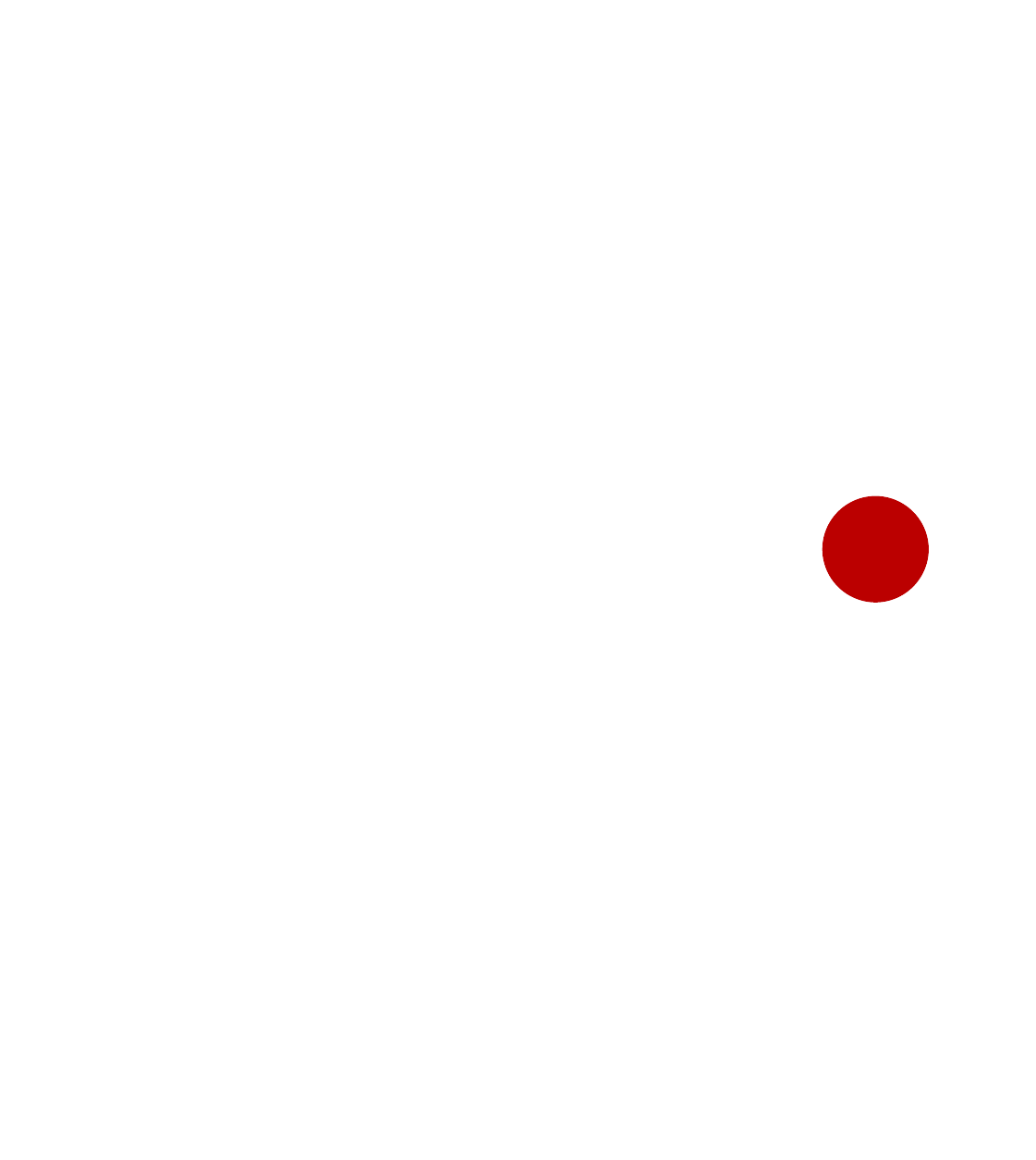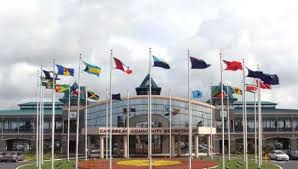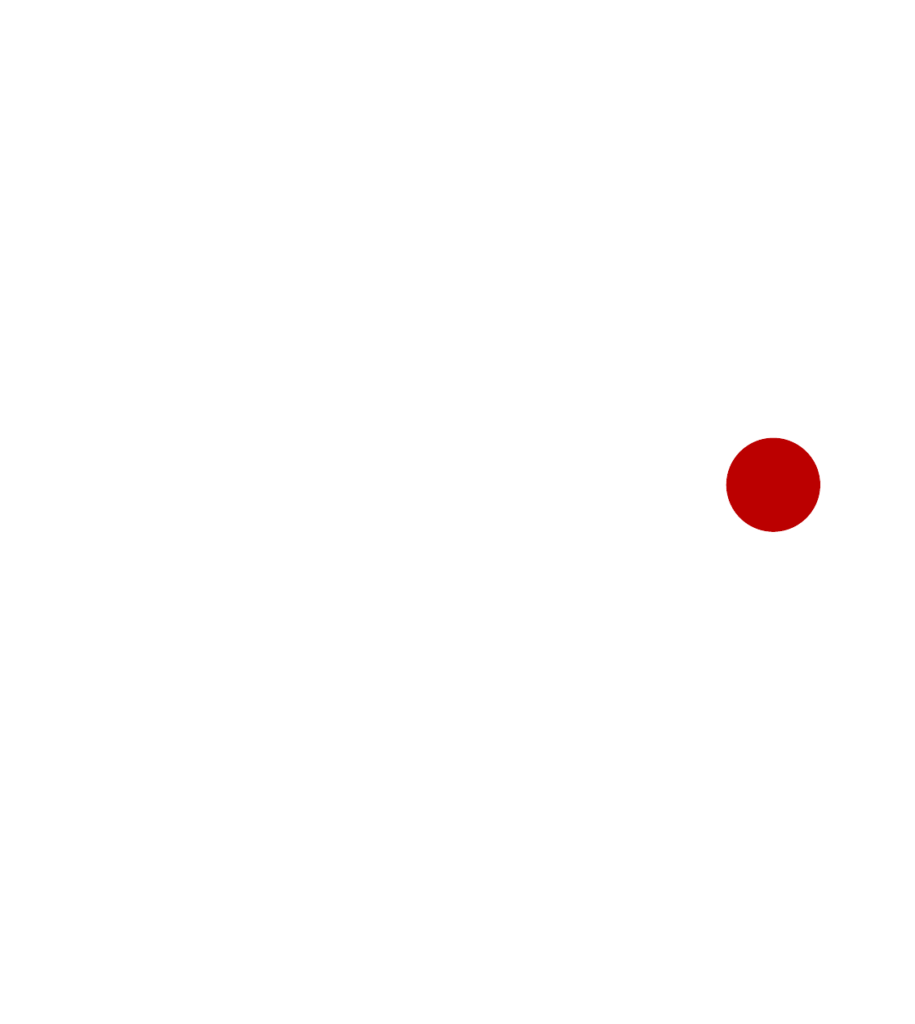By David Comissiong, Barbados Ambassador to Caricom
And, what a deserved celebration it was, for not only has Caricom survived for 50 years, but it is very arguable that Caricom is currently at its highest point ever in terms of international influence and impact.
Just look at the quality of the guests who now regularly attend Caricom Heads of Government summits -the Secretary General of the United Nations and other major multilateral organizations, and the leadership of many of the world’s most powerful countries.
In addition, just look at the international importance of the projects that Caricom is centrally involved in -the Bridgetown Initiative, the establishment of a Loss and Damage fund for climate damage, leadership of Celac and Unctad, international leadership on the issue of Reparations, partnership with Africa, and the list goes on.
There is also the fact that Caricom’s membership has grown to 15 full member states and 5 associate member states, and that a number of states are lining up to apply for associate membership, with Martinique set to be admitted next year.
What makes our Caribbean Community (Caricom) all the more remarkable is that it is a project that arose Phoenix-like from the detritus of a devastating failure: namely, the collapsed West Indies Federation of 1958 to 1962.
Many of us can still recall the traumatic story: In spite of his best efforts, the Premier of the Federation -Sir Grantley Adams- had not been able to save the Federation from a combination of abandonment by the then political leaders of Jamaica and Trinidad and Tobago and subversion by the British Government.
The abject failure of the Federation therefore constituted a tragic dashing of our people’s hopes and dreams for independence, sovereignty, self-determination, nationhood, national identity and national self-respect.
Into this forlorn scenario stepped the Rt. Excellent Errol Barrow with a valiant effort to save what was left of the collapsed Federation by constructing a Federation of the Little Eight. And when that did not materialize, the Barbadian statesman demonstrated admirable vision and agency in conceptualizing and initiating -along with Forbes Burnham of Guyana and Vere Bird of Antigua and Barbuda- a Caribbean Free Trade Association (Carifta) which was designed and intended to evolve into a Caribbean Common Market and Community (Caricom).
Tremendous credit must also go to the University of the West Indies (UWI) scholars of the mid-1960s who lent their brilliant research and scholarship to the construction of the new regional enterprise -CY Thomas, Havelock Brewster, George Beckford and Norman Girvan- with Thomas’ and Brewster’s The Dynamics of Caribbean Economic Integration being a towering intellectual contribution.
These insightful political and intellectual leaders decided to rebuild our regional unity by taking the gradual route of constructing a free trade area that would eventually evolve into a common market protected by a common external tariff, a regime of functional cooperation, a coordinated Foreign Policy, and eventually, a Single Market and a Single Economy -Caricom.
Also to be recognized and commended are such outstanding regional public servants as Fred Cozier of Barbados-the first Secretary General of Carifta; William Demas of Trinidad and Tobago-the first Secretary General of Caricom; as well as Alister McIntyre (Grenada), Kurleigh King (Barbados), Roderick Rainford (Jamaica), Edwin Carrington (T&T), and Irwin LaRocque (Dominica).
In 1973 Carifta evolved into Caricom with the signing of the Treaty of Chaguaramas, and almost immediately Caricom achieved tremendous early momentum and success – an explosion of intra-regional trade, the successful negotiation of the Lome Convention with the European Economic Community, the critical and defining diplomatic recognition of revolutionary Cuba, and a powerful presence on the international stage with its championing of a New International Economic Order.
However, those early days of plenty were soon followed by a period of drought, trials and tribulations: namely, the mid to late 1970s waning political fortunes of the original four inspirational founder leaders of Caricom -Barrow, Burnham, Manley and Williams; the contentions wrought by the Grenada Revolution of 1979; the collapse of the Caricom Multilateral Clearing Facility; the further divisions caused by the 1983 US invasion of Grenada; the international debt crisis; and the advent of the era of IMF imposed Structural Adjustment Programs.
As a result, there was a period when for seven straight years there was no Caricom Heads of Government Conference!
And then, when the Caricom leadership was finally able to heal the wounds caused by these traumatic events, came the era of the so-called «End of History» characterized by the collapse of the Soviet Union; the emergence of massive regional blocs such as Nafta which threatened to marginalize the Caribbean community; the proposal for a Free Trade Area of the Americas that the USA would totally dominate; and the creation of the World Trade Organization (WTO) with its abandonment of the concept of «Special and Differential» treatment for small developing nations and the forbidding of trade preferences for such crucial Caricom export crops as bananas and sugar.
But, once again, Caricom rose to the challenge with its 1989 Heads of Government conference in Grenada and its Grand Anse Declaration that set forth an ambitious agenda that resulted in the establishment of a West Indian Commission and the Commission’s accepted recommendations of a Caricom Single Market and Economy (CSME), a Caribbean Court of Justice (CCJ), and a proposed outreach towards the Greater Caribbean to establish an Association of Caribbean States (ACS).
And paralleling these developments was Caricom’s gradual increase of the number of its functional cooperation institutions. The number now stands at 17, inclusive of such outstanding institutions as the Caribbean Disaster Emergency Management Agency (Cdema), the Caribbean Public Health Agency (Carpha), the Caribbean Examinations Council (CXC) and the Caribbean Community Climate Change Centre (Ccccc).
In the quarter of a century after the Grand Anse Declaration Caricom struggled mightily to implement this critical agenda and to stay alive as an institution. And in retrospect, one can discern that our regional integration organization was fighting an intrinsically unfair battle.
It was struggling within parameters, on terrain and with rules and regulations that had been constructed by others to structurally benefit themselves and disadvantage small developing nations like those of Caricom.
The good news is that in this current era, while Caricom still struggles, it is now equipped with a different mindset, philosophy and praxis. Indeed, all who have eyes to see and ears to hear can discern that -guided, motivated and energized by the Reparations Campaign that Caricom launched in 2013- our regional integration organization is no longer prepared to accept and struggle within rules, institutions and structures that are unjust and structurally inhibitory of its interests.
In this current era, Caricom’s modus operandi is to set out to restructure such unjust and discriminatory mechanisms. It is also clear that Caricom is now much more resolved to talk truth to power -fearlessly- and to make its own mature and responsible contribution to solving mankind’s most urgent existential issues.
Caricom must now venture into the next 50 years of its existence mindful that it still has much unfinished business to undertake and accomplish. Indeed, if I were permitted to make my own «to-do» list for Caricom’s immediate future, it would be as follows:
—Solve the issue of Haiti and assist our Member State to take its rightful place of honor and human development and to have its phenomenal «Haitian Revolution» universally acknowledged and respected;
—Complete the construction of our Caricom Single Market and Economy as an integral component of our historical responsibility to return our community to the highest (and deepest) level of unity that is possible and feasible;
—Recognize that our Caribbean region is still the most colonized region in the world, and set out to secure its total decolonization and independence; and
—Acknowledge that our Caribbean Community’s destiny is to look eastward towards our great ancestral motherlands of Africa and India, and to develop strong and mutually beneficial relationships.
And, of course, overarching all of these initiatives must be our pursuit of the interlocking goals of Reparations, Climate Justice and the construction of a New International Economic and Political Order.
Indeed, as our Caribbean Community marches into the next half century, let us acknowledge that our sojourn in the Caribbean has been marked by a longing and a struggle for freedom and human dignity, and that as a result, our history has bequeathed to us a very unique and important mission: namely, to be the spokespersons and champions par excellence of the values of freedom, human rights and human dignity, and particularly of the freedom, rights and dignity of the black and brown nations and people of the world.
This may seem to be a towering mission, but it is not beyond our Caribbean Community (Caricom). After all, we are “50 Years Strong: With A Solid Foundation To Build On”!
—
—





